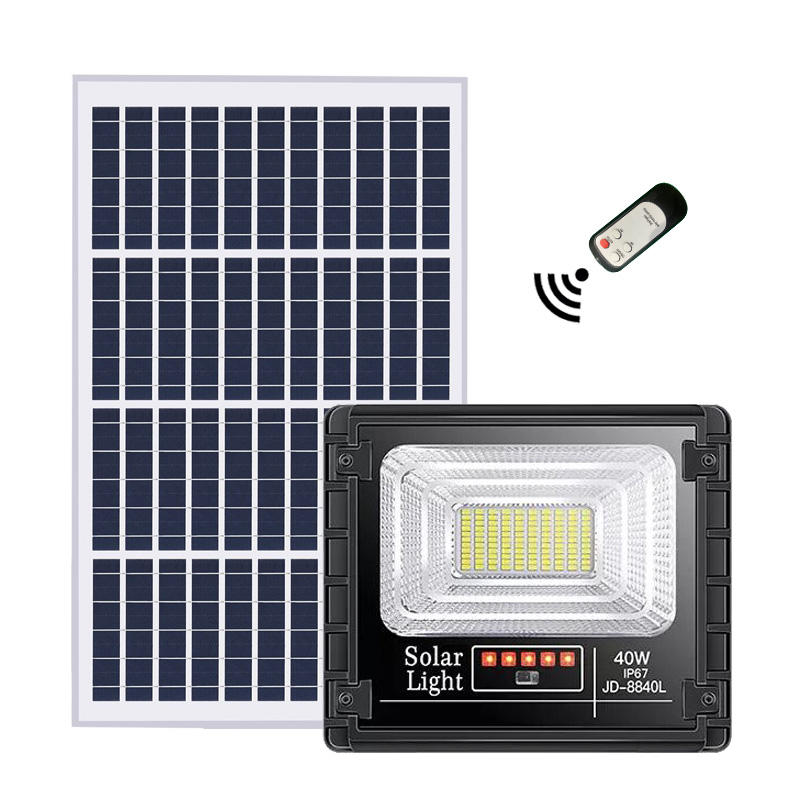Solar floodlights are one of the most popular and versatile types of lighting. They can be used for a variety of purposes, from enhancing security at night to illuminating outdoor areas. But like any piece of equipment, solar floodlights eventually need to be replaced. And when it’s time, there are a few things you need to take into account. In this blog post, we will discuss when to replace solar floodlights and what factors you should consider when making your decision. We will also provide a few examples to help illustrate our points.

When to Replace Solar Floodlights
There are a few key factors to consider when deciding whether or not to replace solar floodlights. The first is the age of the light. Solar floodlights over 10 years old may need to be replaced due to decreased output and increased wear and tear. Secondly, check to see if the light is still operating by turning it on and off. If it does not turn on or off, then it may need to be replaced. Finally, inspect the light for damage such as rust or corrosion.
Types of Solar Floodlights
There are a number of different types of solar floodlights, each with its own unique features and benefits. Here’s a quick overview of the most common types:
- LED solar floodlights: LED solar floodlights are the current standard for outdoor lighting, due to their versatility and long lifespan. They’re well-suited for use in public spaces like streets and parks, as they produce bright light with minimal heat output.
- Solar powered motion activated flood lights: Solar powered motion activated flood lights are a unique type of solar floodlight that uses photovoltaic cells to generate power when it’s dark outside. This means that the lights can be turned on and off using an electrical outlet, making them perfect for applications like security lighting or driveway lighting.
What to Look for When Replacing Solar Floodlights
When it comes to solar floodlights, it is important to be aware of the features that make a good light replacement choice. A light should be easy to install and use, have durable construction, and provide an adequate amount of light. Additionally, consider the cost of replacement lights and whether or not they will fit your budget.
When choosing solar floodlights, factors to consider include:
-Light Output: Solar floodlights should output a decent amount of light for the size of the unit. Consider how much light you need for your specific application and make sure the floodlight you select can fill that role adequately.
-Installation: Floodlights should be easy to install with no tools required. Considering where you will be installing the light, make sure that it can fit.
-Warranty: Always choose a floodlight with a warranty in case something goes wrong with it during installation or use. This gives peace of mind that you are covered if something goes wrong.
Conclusion
Over time, the elements will take their toll on your solar floodlights. Rain and snow will cause water damage to the lights, while wind exposure can lead to rust and corrosion. When you notice these signs of wear and tear, it is time to replace your solar floodlights. By doing so, you can avoid costly repairs down the line and maintain a beautiful outdoor space that is both functional and aesthetically pleasing. If you are going to replace the solar flood lights, do not hesitate to choose AvsA® Niudi that has been manufacturing such lights for 10 years and can definitely meet your requirements.
